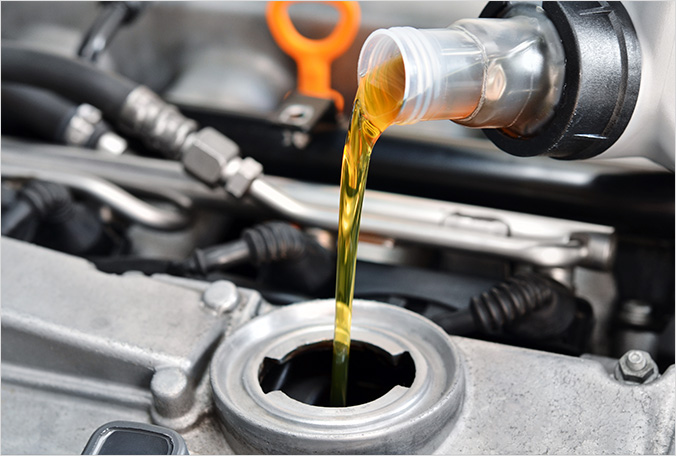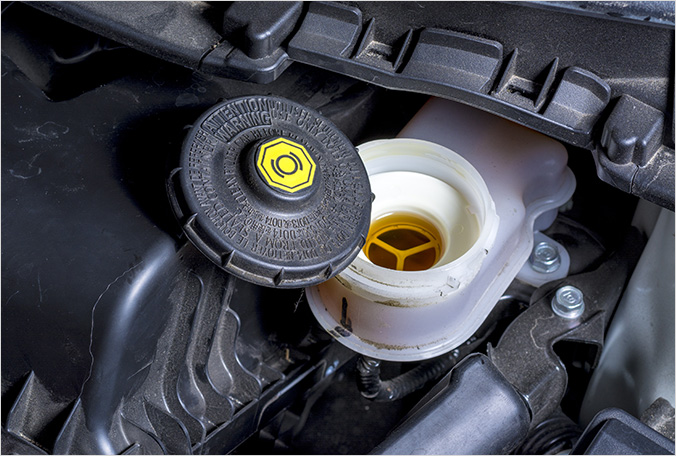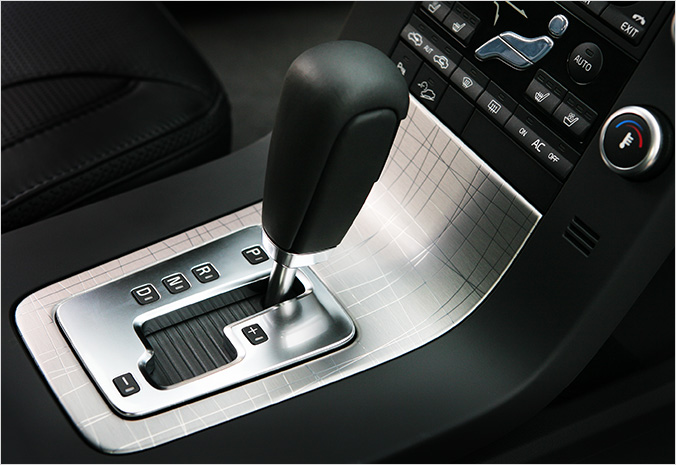

Spring is upon us. Trees are becoming greener, and people start to wear lighter. It is also time to take care of your car that protected you from the winter chills. With the weather getting warmer, extra attention is needed to those inner spaces, especially by closely checking how oil is flowing through various parts of your car. That’s because you might have been somewhat complacent in checking it due to the cold weather. The oil tank under the hood might have become damaged due to the temperature difference between cold ambient air and the engine. The underbody and pipes in it also need to be checked for any sign of corrosion.

Engine oil, also called lubricant, runs throughout the insides of your car to cool the engine and reduce friction between metal components, helping the engine to exert its full performance. It is vital for your car: if the engine can be considered to be the heart of your car, then engine oil is the blood.
That’s why engine oil must not be overlooked when you undergo a spring checkup on your car. It’s usually recommended for engine oil to be changed every 10,000 kilometers, but a lot depends on your driving habits. The dipstick inserted into the engine oil tank will help indicate when you need to change the oil. If the level is below the ‘L’ mark of the stick, it means that the oil is insufficient and requires replenishment. If the oil on the stick is dark or turbid, the entire oil supply should be changed.

Brake fluid helps mitigate the wearing of the brake pads. It doesn’t need to be changed frequently, but needs to be checked if it suffered quite some load throughout the winter. The fluid, in particular, has a tendency to absorb water, which, once mixed with the fluid, can prevent it from exerting its full performance during braking.
The level of the brake fluid must be between ‘MAX’ and ‘MIN’ marked on the side of the tank. As it isn’t consumable, its falling under ‘MIN’ requires for you to check for any damage to the components of the brake. Possible types of damage include excess wearing of the brake pad or leakage in the brake hose. The fluid should be replenished if its level is lower than MIN if none of the components are found to be defective.

Also called ‘mission oil’ for short in Korea, automatic transmission oil allows power from the engine to be transmitted to the wheels without major loss. If contaminated, it may cause disruption in the control of your car’s speed and, therefore, requires regular maintenance.
These days, some automatic cars use transmission oil that is said to never need changing. Even such oil needs changing at around the 40,000-kilometer mark depending on your driving habits because it cannot completely prevent contamination.
Like engine oil, automatic transmission oil can be checked by using the dipstick. Prior to checking the oil, move the shift lever from P to D positions and then back before placing it to P or N. Then pull out the stick with the red knob under the hood to check the oil. The oil is normal if the level of red fluid on the stick is between COLD and HOT and needs to be changed if the level is too low or looks dark.
To check for any leakage from your car due to corrosion of any of its components, move your car a little bit and look at the location where it was previously. If there is any sign of leakage, immediately take it to a mechanic for a thorough inspection.
At the turn of the season, don’t forget to pay due attention to the ‘insides’ of your car, just as how you would clean your house and reorganize your clothes. Always better to be safe than sorry. 

